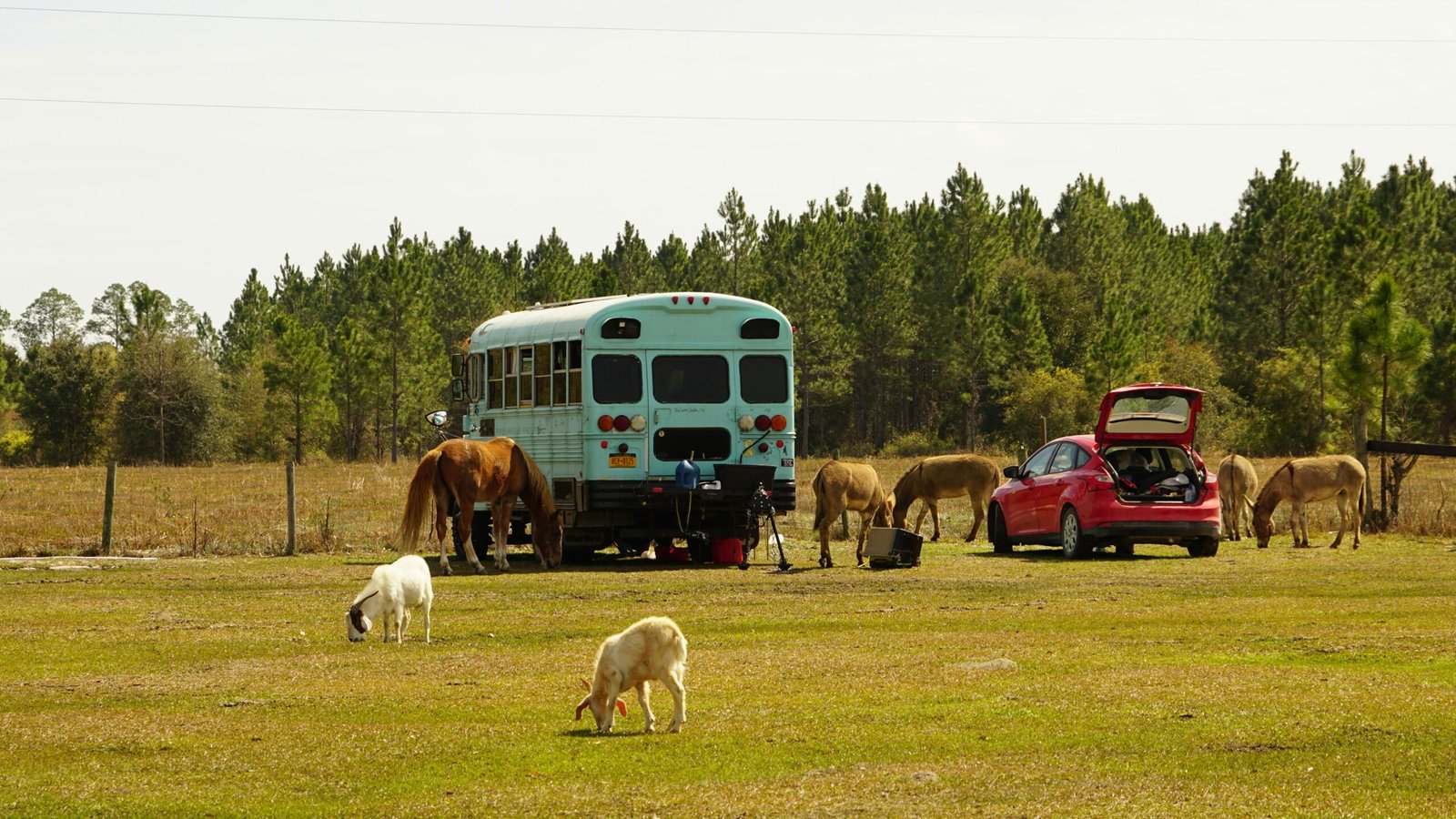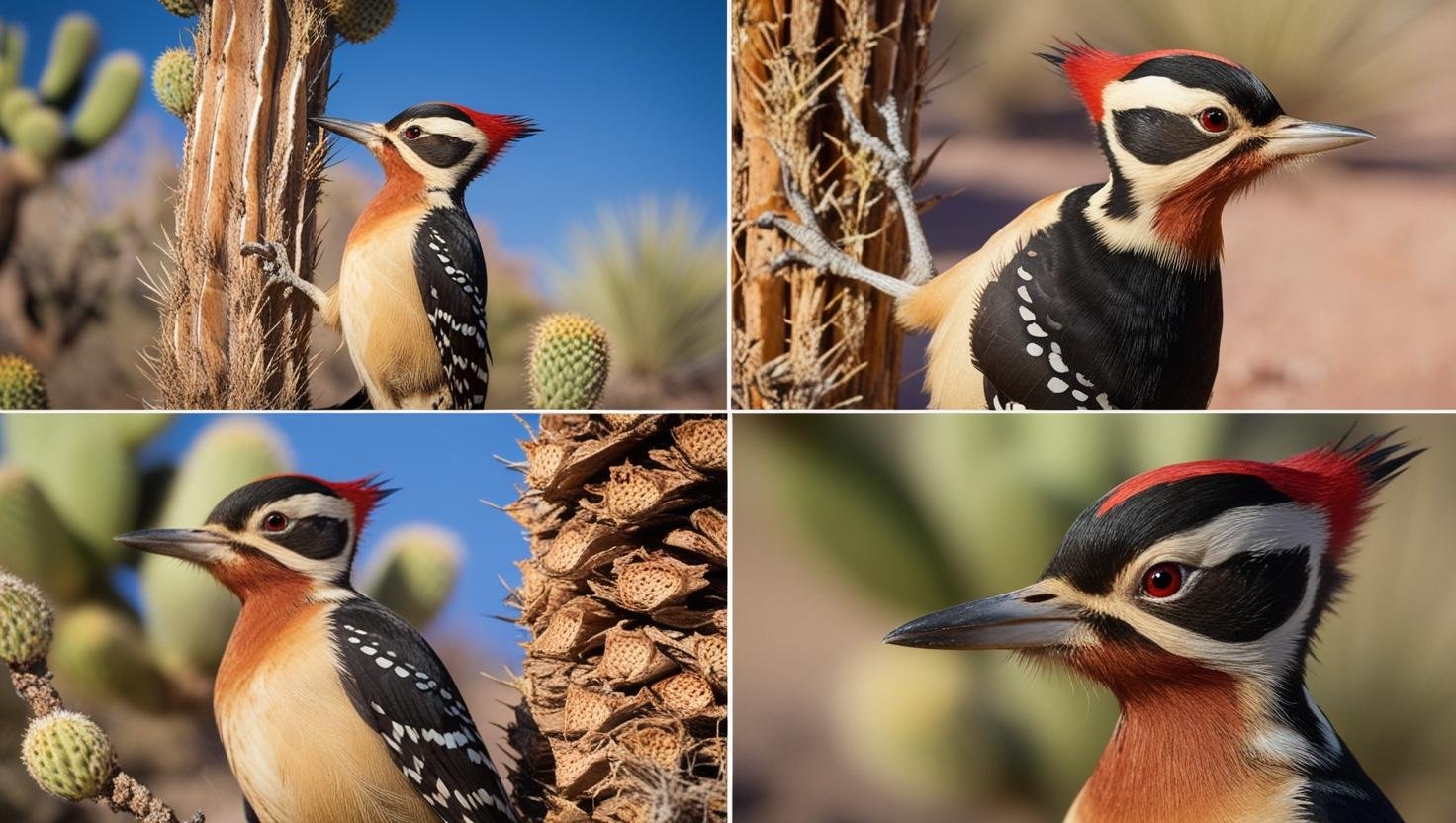March 5, 2025 – By Alex Magalhaes
Introduction to Gambel’s Quails
Gambel’s Quail, scientifically referred to as *Callipepla gambelii*, is a distinctive species of bird native to the arid regions of the Southwestern United States, particularly in Arizona. Classified within the family Odontophoridae, Gambel’s Quails are characterized by their striking plumage, which displays a combination of browns, grays, and intricate markings that provide effective camouflage against the desert landscape. Adult males are notably adorned with a prominent, curved black crest and a distinctive black face and throat, while females exhibit a more subdued coloration.
These birds are well-adapted to their desert environment, possessing several unique behaviors and physical traits that facilitate their survival in harsh conditions. Gambel’s Quails are ground-dwelling birds that prefer to forage for seeds, fruits, and insects among the sparse vegetation typical of desert habitats. Their strong, agile legs enable them to run quickly on the sandy terrain, as flight is generally reserved for short distances, primarily to escape predators. Their social structure is another interesting aspect; they are often seen in small coveys, which provides safety in numbers and enhances foraging efficiency among these resilient birds.
One of the most fascinating behaviors of Gambel’s Quail is their vocal communication. These birds are known for their distinctive calls, often heard ringing through the desert landscape, which serve to maintain group cohesion and signal alarm during potential threats. Their ability to thrive in such a harsh environment not only demonstrates their remarkable adaptability but also highlights their role as an integral part of the region’s ecology. Gambel’s Quails contribute to the dispersal of seeds, promoting plant growth that benefits other wildlife. An understanding of these unique birds underscores their importance and the delicate balance within the desert ecosystem.
Habitat and Distribution in Arizona
Gambel’s Quails, known for their distinctive appearance and behavior, are predominantly found throughout the arid regions of Arizona. These birds thrive in desert ecosystems, favoring habitats characterized by dense brush, scattered shrubs, and low-lying ground cover. Their presence is often observed in areas with abundant vegetation that provides food sources and shelter from predators. Commonly seen in habitats with mesquite trees, cacti, and desert grasses, Gambel’s Quails are adept at navigating the thickets and utilizing the cover provided by these plants.
The distribution of Gambel’s Quails is significantly influenced by environmental factors such as climate and topography. Typically residing in areas with elevations ranging from sea level to approximately 5,000 feet, they adapt well to variations in their surrounding landscape. This adaptability allows them to inhabit not only the Sonoran Desert but also regions with rocky terrains and sandy washes. As a result, these quails have established a widespread population within the southwestern United States, particularly in Arizona, where their range extends in accordance with the availability of suitable habitats.
Climate plays a vital role in the behavior and distribution of Gambel’s Quails. These birds are well-equipped to endure the extreme temperatures typical of desert environments, ranging from scorching heat during the day to cooler conditions at night. They are also known to be resilient during dry spells, often relying on seasonal rainfall to support the growth of vegetation critical for their survival. Through a combination of favorable habitat selection and environmental adaptability, Gambel’s Quails have effectively carved out a niche within the diverse ecosystems in Arizona’s deserts.
Diet and Foraging Behavior
Gambel’s Quails (Callipepla gambelii) are primarily seed-eating birds that inhabit the arid regions of Arizona and the surrounding southwestern United States. Their diet largely consists of seeds, grasses, and leaves. During the spring and summer months, they supplement their diet with insects, which offer essential protein as they prepare for the breeding season. This seasonal variation in diet allows Gambel’s Quails to adapt to the shifting food availability in their environment. In the cooler months, they focus primarily on seeds from native plants such as mesquite and cacti.
The foraging behavior of these quails is characterized by a methodical approach as they search the ground for food. They are known to form small groups, or coveys, which helps them stay vigilant against predators. While foraging, Gambel’s Quails utilize their strong legs to scratch the soil and uncover buried seeds, making them particularly effective foragers in their desert habitat. Their foraging habits not only ensure their survival but also play a crucial role in promoting the health of their ecosystem. Through their feeding activities, they assist in seed dispersal, thereby helping to maintain plant diversity in their arid surroundings.
Moreover, the availability of food resources significantly influences the Gambel’s Quail populations. In years of drought, when food becomes scarce, these birds may experience a decrease in reproductive success and overall survival rates. Therefore, understanding their dietary preferences and foraging habits is vital for conservation efforts aimed at preserving Gambel’s Quails and their habitats. Protecting the native flora that provides sustenance to these birds is essential for maintaining their populations and ensuring the overall health of the desert ecosystems they inhabit.
Conservation Status and Threats
Gambel’s Quails, native to the arid landscapes of Arizona, have experienced shifts in their population dynamics primarily due to human activities and environmental changes. Currently categorized as a species of Least Concern by the IUCN, their populations face several threats that could impact their long-term sustainability. Habitat loss, driven by urban development, agriculture, and invasive species, is one of the most significant challenges. As their habitats continue to be fragmented or altered, Gambel’s Quails struggle to find suitable nesting and foraging areas. The encroachment of development not only reduces available space but also increases predation risks and competition for resources.
Climate change poses another considerable threat to these unique desert birds. As temperatures rise and precipitation patterns shift, the delicate balance of their habitat may be disrupted, affecting food availability and nesting conditions. Although Gambel’s Quails are adapted to seasonal changes, significant climatic shifts can lead to increased stress and mortality rates. Their reliance on specific vegetation types for cover and food makes them particularly vulnerable to climate variability, which could exacerbate existing challenges in their survival.
Conservation efforts play a crucial role in mitigating these threats. Local communities are encouraged to participate in habitat restoration projects, which can be pivotal in improving conditions for Gambel’s Quails. Initiatives such as creating native plant gardens or supporting wildlife-friendly land management practices help to protect the environments these birds depend on. Public education about the importance of preserving natural habitats while balancing human development is essential. Through community involvement and responsible stewardship, it is possible to safeguard the future of Gambel’s Quails, ensuring these remarkable birds continue to thrive in their native Arizona deserts.
Affiliate Disclosure: As an affiliate, I may earn a small commission from qualifying purchases through links in this article, at no additional cost to you.









